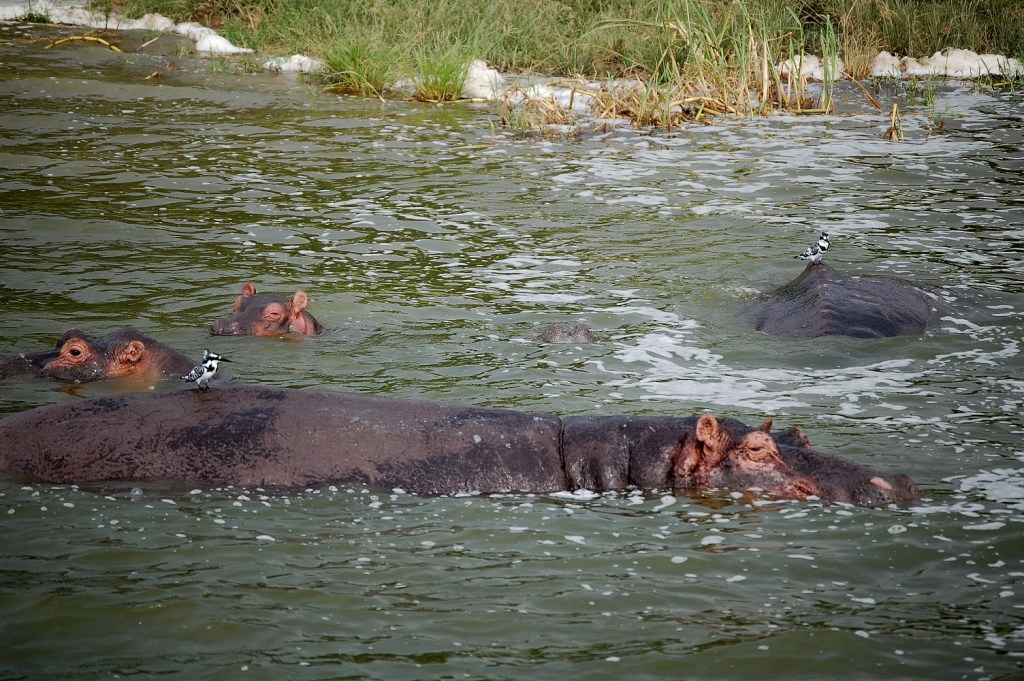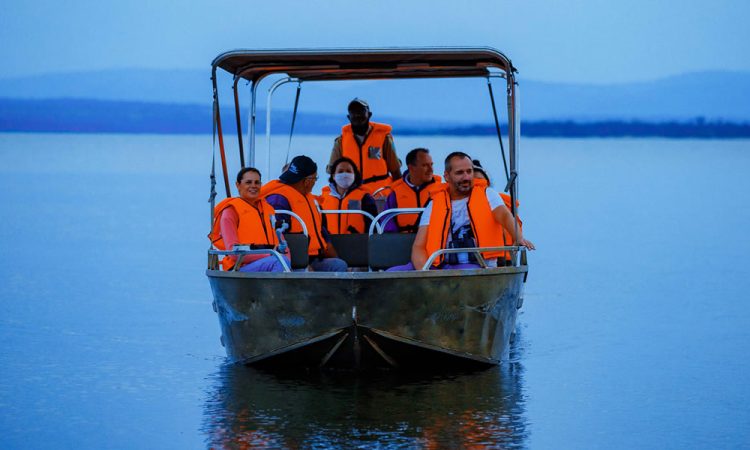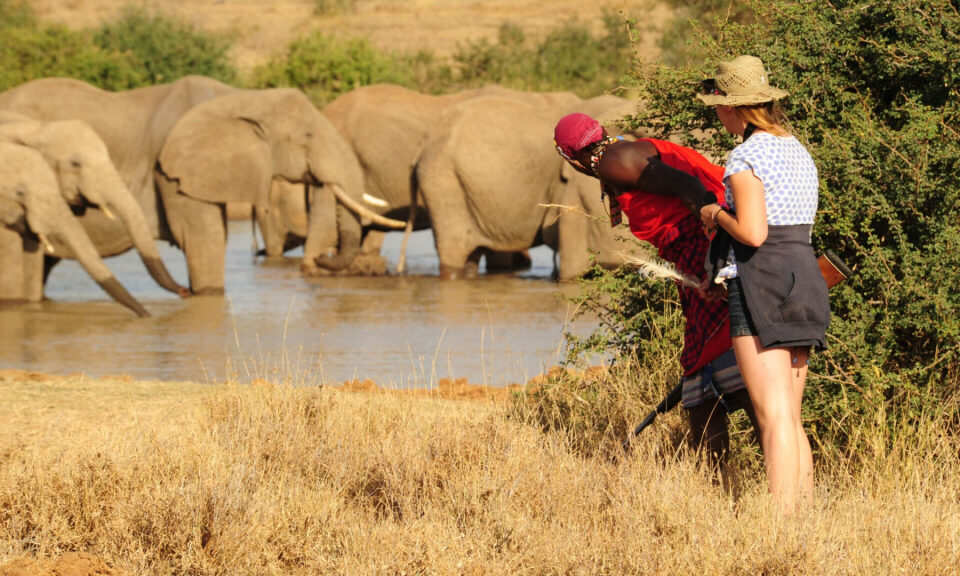- GET IN TOUCH WITH US:
- +256 753518160
- +256 777842166
- info@experiyatourcompany.com

Can I do a boat cruise on Lake Ihema?
November 14, 2025
Are there lions in Rwanda?
November 14, 2025What’s the Best Time for a Safari in Akagera?
Akagera National Park, a breathtaking mosaic of savannahs, rolling hills, lakes, wetlands, and woodlands, stands as Rwanda’s premier safari destination. Its landscape, filled with wildlife and enriched by ongoing conservation success, provides an incredible backdrop for unforgettable safari experiences. From game drives across golden plains to boat safaris on shimmering Lake Ihema, Akagera offers visitors a true taste of wild Africa. But to enjoy the park at its very best, many travelers wonder, “What’s the best time for a safari in Akagera?” While the park is open year-round, each season brings distinct advantages. Understanding the park’s climate, wildlife dynamics, and visitor conditions is essential for planning the ideal safari.
Understanding Akagera’s Climate and Seasons
Akagera National Park, like much of Rwanda, experiences a relatively mild climate throughout the year due to its altitude. However, two primary seasons influence safari experiences: the dry season and the wet season. Within these broader divisions are variations that shape wildlife behavior and vegetation patterns.
The dry season generally falls from June to September, with a second shorter dry period from December to February. The wet season stretches from March to May, with another short rainy season around October and November. Each of these seasons offers unique experiences for safari-goers seeking different wildlife encounters and photographic opportunities.
The beauty of Akagera is that it remains accessible year-round, with well-maintained roads and diverse ecosystems that continue to flourish even during rainy periods. Whether you visit during dry months or lush green seasons, Akagera always delivers a rich and immersive safari.
The Dry Season: The Peak Time for Classic Safaris
The dry season—from June to September and December to February—is widely regarded as the best time for a safari in Akagera. During this period, vegetation becomes thinner, making wildlife easier to spot across the plains and woodlands. Animals gather around water sources, particularly in the northern plains and around Lake Ihema, which increases your chances of observing large herds and predators in action.
The landscape takes on a warm golden tone, illuminating beautifully under the African sun. The dry conditions also allow for more comfortable driving across the park, as roads remain firm and dust levels manageable. Temperatures are pleasantly warm during the day and cool in the early mornings and evenings—perfect for full-day or half-day game drives.
Predators such as lions and hyenas become more visible as they patrol open territories. Elephants frequently visit watering holes during dry months, creating spectacular sightings. Buffaloes gather in large numbers, giraffes move gracefully across the savannah, and antelope species like impalas, topis, and waterbucks are seen in great abundance.
For both first-time visitors and seasoned safari travelers, the dry season offers the highest concentration of wildlife encounters and the most reliable conditions, making it the prime time to experience Akagera in all its classic safari glory.
The Green Season: A Lush Paradise for Photography and Birding
The wet or green season—from March to May and late October through November—brings vibrant transformation to Akagera. The rains breathe life into the landscape, turning the plains into lush expanses of green and filling the skies with dramatic cloud formations. This rejuvenated scenery is spectacular for photography, offering deep contrasts, rich colors, and a sense of freshness that is exclusive to this time of year.
Wildflowers begin to bloom, grasses grow taller, and acacia woodlands become greener. While wildlife may be more spread out due to abundant water sources, the park still offers remarkable sightings. In fact, some visitors prefer the green season because it feels more pristine and untouched, with fewer vehicles on the roads and a sense of having the wilderness all to oneself.
Birding is particularly exceptional during the green season. Migratory species arrive, nests are built, and bird activity intensifies around wetlands and lakes. Lake Ihema becomes a paradise for birdwatchers with species such as African fish eagles, papyrus gonoleks, malachite kingfishers, storks, and egrets in abundance.
The green season is also excellent for photography enthusiasts who are drawn to dramatic skies and colorful landscapes. Rain showers tend to be short and intense, followed by clear intervals that allow for uninterrupted game drives. The atmosphere feels crisp and clean, adding clarity to distant views and enhancing the visual depth of the savannah.
Wildlife Behavior Throughout the Year
To fully understand the best time for a safari in Akagera, it is important to consider how wildlife behavior changes with the seasons. Although animals are present year-round, their movement patterns, feeding habits, and visibility vary depending on weather and vegetation.
During the dry season, wildlife gathers around permanent water sources. This makes the northern plains and Lake Ihema region prime locations for game drives and boat safaris. The ease of spotting animals increases dramatically as grass becomes shorter and water more limited. Predators benefit from these conditions, making sightings of lions, hyenas, and the occasional leopard more frequent.
In the green season, wildlife disperses across the park but remains highly active. Elephants roam more widely, buffaloes graze on lush grasslands, and antelope species thrive in rejuvenated woodlands. The green season also offers opportunities to observe young animals, as this period coincides with calving for many species. The sight of newborn zebras, impalas, or warthogs is heartwarming and adds a special charm to the safari experience.
Hippos and crocodiles are consistently active around Lake Ihema regardless of season. A boat safari offers extraordinary opportunities to watch these creatures at close range throughout the year, making Lake Ihema an all-weather attraction.
Best Time for Specific Safari Activities
Different safari activities in Akagera may be more rewarding depending on the time of year. Understanding this breakdown helps travelers plan a well-rounded itinerary tailored to their interests.
For game drives, the dry season is ideal. Visibility improves, predator sightings increase, and animals concentrate in predictable areas. Full-day drives through the northern plains are especially fruitful during this period.
Boat safaris on Lake Ihema, however, are stunning year-round. Dry season cruises allow for easy wildlife viewing along the lake’s edge, while green season cruises offer magnificent bird sightings, colorful scenery, and dramatic cloudscapes reflected on the water.
Night game drives are best during dry months, when nocturnal animals such as genets, civets, bushbabies, and sometimes leopards are more active and visible. The absence of rain and cloud cover enhances the clarity of the night sky, creating a magical backdrop for nocturnal exploration.
Birdwatching peaks during the green season due to migratory species and increased nesting activity. The lush greenery enhances the viewing experience, making every turn of the boat or vehicle feel alive with sound and color.
Photography Opportunities Through the Seasons
While the dry season offers crisp visibility and the warm golden tones ideal for classic safari images, the green season provides dramatic lighting, rich colors, and interesting cloud formations perfect for creative photography. Early mornings and late afternoons in both seasons deliver stunning photographic opportunities.
Safari photographers often appreciate the dry season for tracking predators and large mammals, while landscape photographers benefit from the dramatic skies of the wet months. Whichever season you choose, Akagera is photogenic from every angle.
When to Avoid (If You Prefer Perfect Conditions)
There is no truly “bad” time to visit Akagera, but travelers seeking perfect conditions may want to avoid periods of heavy rain in late March and April, when certain trails can become muddy. However, the park remains navigable due to strong management and infrastructure.
Final Recommendation: Which Season Is Best?
If you want the ultimate wildlife experience with the highest chances of animal sightings, choose the dry season from June to September or December to February.
If you love lush scenery, birding, dramatic skies, and a quiet safari atmosphere, consider the green season from March to May or October to November.
Ultimately, the best time depends on your interests—but Akagera is a spectacular year-round destination.




